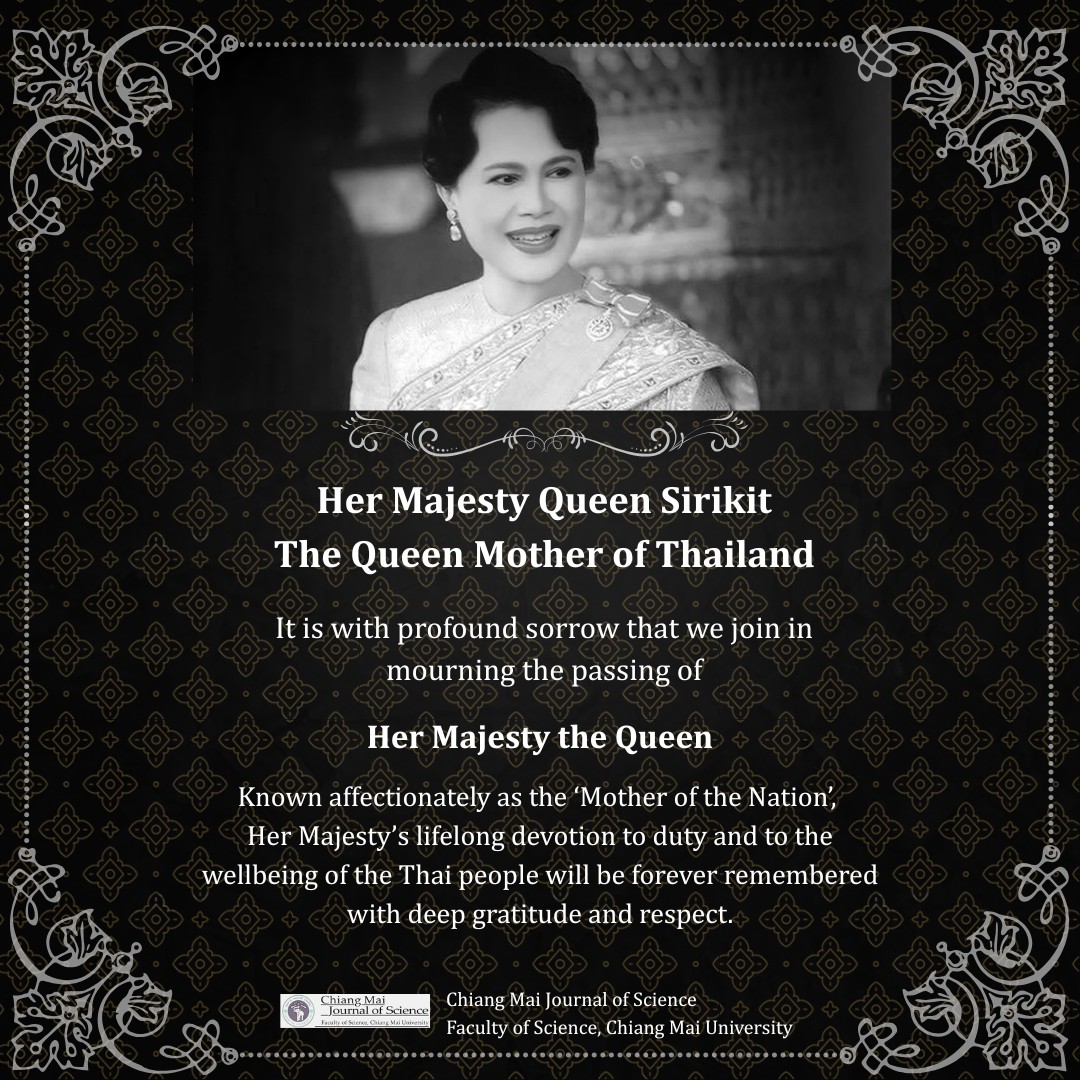JOURNAL DETAIL
Necessity of a National Fungarium and a Culture Collection for Fungi in Sri Lanka
Paper Type |
Review Article |
Title |
Necessity of a National Fungarium and a Culture Collection for Fungi in Sri Lanka |
Author |
Nalin N. Wijayawardene, Shalini Rajakaruna, Dong-Qin Dai, Sandhya Jayasekara, Lakshan Warnakula, Kahandawa G.S.U. Ariyawansa, Eustace Y. Fernando, Primali Jayasekera, Samantha C. Karunarathna, Darshani Singhalage, Kanishka Ukuwela, R.G. Udeni Jayalal, R.P. Prabath K. Jayasinghe, Chaminda K. Muthumala, Sumedha Madawala, Ilmi G.N. Hewajulige, Deepani U. Rajawardana, Aseni Ediriweera, Surani Ediriweera, Deepani Alawathugoda, K.M. Wathsala Rajawatta, Xing-Chen Jin, EP Saman Chandana, Chandrika Nanayakkara and Siril Wijesundara |
Email |
cicidaidongqin@gmail.com, siril.wi@nifs.ac.lk |
|
Abstract: Sri Lanka is rich in biological diversity, but its fungal diversity is not adequately studied and documented. Recent fungal diversity estimations have predicted that the tropical regions would harbour a large number of novel fungal species. Fungi are ubiquitous, hence it is important to carry out proper investigations to discover novel taxa in different habitats and ecosystems. These taxa represent different life modes i.e. pathogens (of plants, animals and humans), saprobes, endophytes, symbionts (lichens, mycorrhizae), and lichenicolous. Current mycology is mainly based on polyphasic approaches (morphological, DNA based and chemical analyses) to define the species (consolidated species concept). DNA based phylogenetic analyses are widely used in higher level classification. These DNA are mainly extracted from cultures. Depositing a specimen that the fungus is present at a reputed Fungarium and depositing a culture resulted from the specimen at a reputed culture collection is important. The “International Code of Taxonomy of Nomenclature for algae, fungi and plants” stated that it is important to deposit the holotype at a reputed fungarium, while depositing the ex-type culture which is derived from the holotype at a reputed culture collection is also essential. Besides species identification and classification, these specimens and cultures are important in future studies and in genetic resource conservation. In Sri Lanka, currently a national fungarium and a culture collection for fungi do not exist. However, several institutional collections and personal collections are available. In this conceptual paper, we propose to establish a central, national fungarium to deposit holotypes and a culture collection to deposit ex-type cultures while maintaining several regional or mirror collections to replicate the specimens as isotypes and paratypes, and cultures as ex-isotypes and ex-paratypes. |
|
Start & End Page |
248 - 271 |
Received Date |
2021-09-22 |
Revised Date |
2021-11-09 |
Accepted Date |
2021-11-23 |
Full Text |
Download |
Keyword |
culture collections, fungal diversity, fungaria, type specimens, systematics |
Volume |
Vol.49 No.2 (March 2022) |
DOI |
https://doi.org/10.12982/CMJS.2022.027 |
Citation |
Wijayawardene N.,N.,Rajakaruna S.,Dai D.,Jayasekara S.,Warnakula L.,Ariyawansa K.,G., et al., Necessity of a National Fungarium and a Culture Collection for Fungi in Sri Lanka, Chiang Mai Journal of Science, 2022; 49(2): 248-271. DOI 10.12982/CMJS.2022.027. |
| View:2,603 Download:1,906 | |
RELATED ARTICLE
page: 300 - 310
Author:Sorrachat Thiamdao* [a], Ga Hun Boo [b], Sung Min Boo [b] and Yuwadee Peerapornpisal [a, c]
Vol.39 No.2 (APRIL 2012) View: 2,520 Download:237
page: 625 - 637
Author:Thida win Ko Ko, Eric Hugh Charles McKenzie, Ali Hassan Bahkali, Chaiwat To-anun, Ekachai
Vol.38 No.4 (OCTOBER 2011) View: 1,304 Download:580
Copyrights © Since 2021 All Rights Reserved by Chiang Mai Journal of Science










